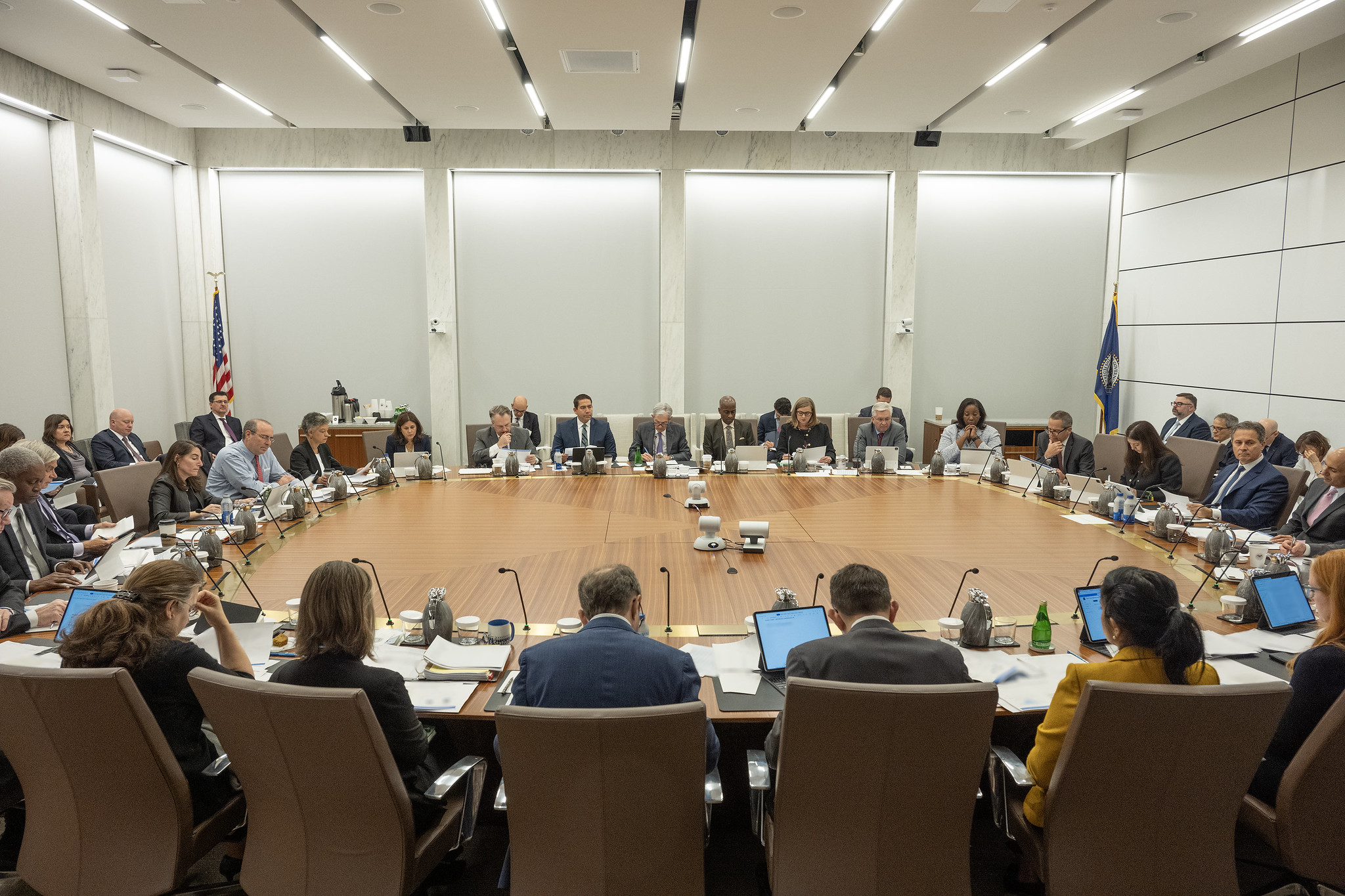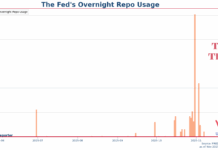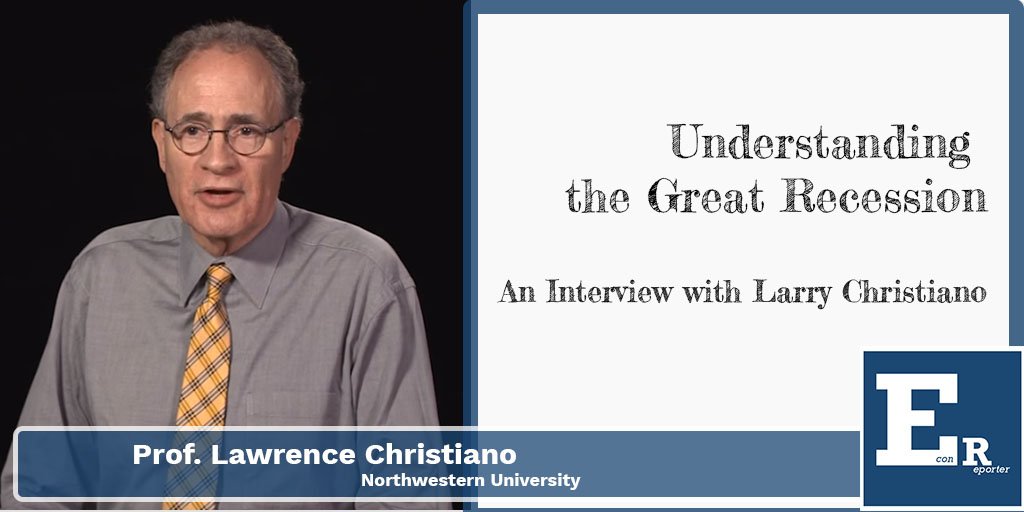Analysts have been saying “It’s not about the Chair, it’s the whole FOMC.” The Federal Reserve chair does not decide the interest rate target alone, the saying goes, as rate decisions have to be voted on by the whole Federal Open Market Committee (FOMC).
FOMC consists of 12 members, the whole seven-member Federal Reserve Board, plus New York Fed president, as well as four rotating members from the other 11 Federal Reserve Bank presidents.
Governors on the Federal Reserve Board seem protected from being fired by the President without legitimate cause, given the Supreme Court’s recent opinion that the US central bank holds a unique status compared to other independent government agency. Furthermore, most Fed governors and regional Fed presidents have generally shown support for Powell’s leadership and the overall concept of central bank independence. This is why it is generally assumed that the Fed’s independence can be preserved, at least in the medium term, even if Trump installed a MAGA-style Fed chair in June next year.
However, a problem with this narrative is that it overlooks the fact that Trump-appointed Fed governors will hold a board majority by the time Powell steps down as a governor. And that could matter a lot.
How the Fed Board can exert control on Regional Feds
One important leverage that comes with a majority at the Board is that they can then impose credible threats of dismissing any regional Fed presidents.
How to fire a regional Fed president? According to the Federal Reserve Act, the Board of Governors has the authority to dismiss any director or officer of a regional Federal Reserve Bank with “the cause of such removal to be forthwith communicated in writing… to the removed officer or director and to said bank.”
While the President is likely only able to fire Fed chair and governors “for cause”, such protection is potentially inapplicable to regional Fed presidents.
A 2019 legal opinion from the Department of Justice’s Office of Legal Counsel states that Fed Governors are likely “Principal Officers”, as they are directly appointed by the President, while regional Fed presidents are “Inferior Officers” to the Fed board. This means the Board of Governors can likely dismiss Fed presidents “at will”, rather than “for cause.” They only have to provide a reason in writing, not necessarily a “legitimate cause.”
One rationale is that if Reserve Bank officers are also only removable “for cause”, those regional Fed officers would be “unconstitutionally insulated from presidential supervision with two layers of for-cause removal protection.”
Since the Board has never fired any Reserve Bank presidents, this opinion has also never been tested in litigation. Still, it is safe to assume that a Trump-appointed majority in the Board of Governors can give the President and his administrations substantial level to pressure regional Feds to conform to his policy directions.
Another leverage the Board holds over is budgetary control on the regional Feds’ operations. Reserve Banks have to submit their annual budget to the Board for review and recommendations. Potentially, the White House can, via their closely aligned Fed Board majority, exert influence on the regional Feds by hindering the budgetary approval process, similar to the strategy the so-called Department of Government Efficiency (DOGE) implemented throughout the Federal government.
Moreover, when a Reserve Bank president steps down, the Board holds final approval power to any successor. The Board’s recent practice is to actively involve in the early stage of selection process, including early vetting and even direct suggestion of prospective candidates, according to a brief written by Jeffrey Lacker, a former president at the Federal Reserve Bank of Richmond. A continuation of similar practices under a Board of Governors that is friendly to the Trump administration can also ensure their desired cultural change can be carried out in the Reserve Banks in the longer term.
When will Trump-appointees gain Board majority
How far are Trump-appointees from gaining a majority in the Fed’s Board of Governors? Currently, there are only two Trump-appointed governors— Michelle Bowman and Chris Waller.
At the end of January, the term of Governor Adriana Kugler, a Biden appointee, will end. Treasury Secretary Scott Bessent has already indicated that the administration intents to fill this board seat with their candidate for the next Fed chair.
Then, when Powell leaves the board — either in May 2025, when his chair term ends, or anytime until January 31, 2028, when his governor term ends — Trump will have the chance to appoint another governor. He/She would be the fourth Trump-appointee and also the point at which they hold a simple majority at the seven-member Board.
This is potentially why the White House is so eager to create a “possible cause” to dismiss Powell. It is highly possible that they are not planning to use the Fed headquarter renovation controversy to fire Powell right at this moment, as President Trump emphasized Wednesday afternoon after reports saying he had confirmed his intention to fire the Fed chairman to a group of Republican lawmakers.
The real plan may be to put as much pressure as they can on Powell so to make sure he will leave when the chair tenure ends. The sooner he leaves, the earlier the Trump admin obtains a majority at the Board.
This may also be why Powell still refuse to declare whether he will stay or leave when the chairmanship ends — it is a decision that could prove critical for the future of the Fed’s independence.











